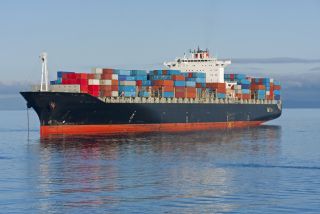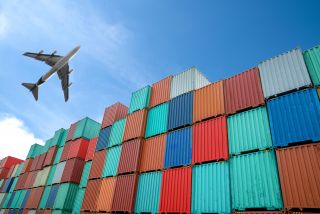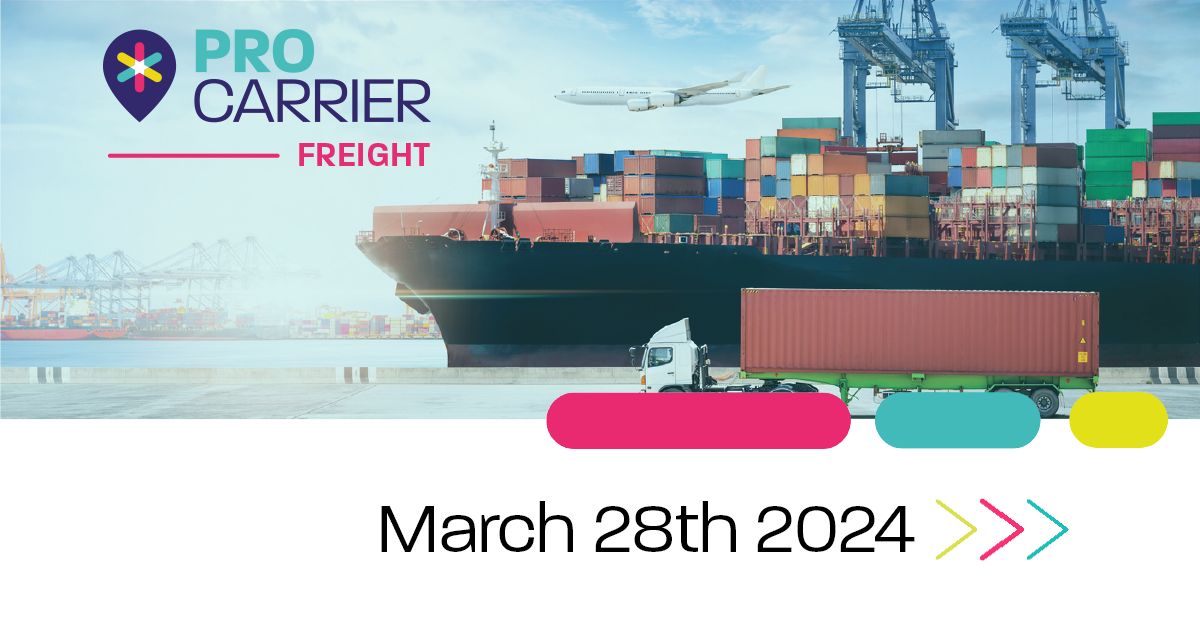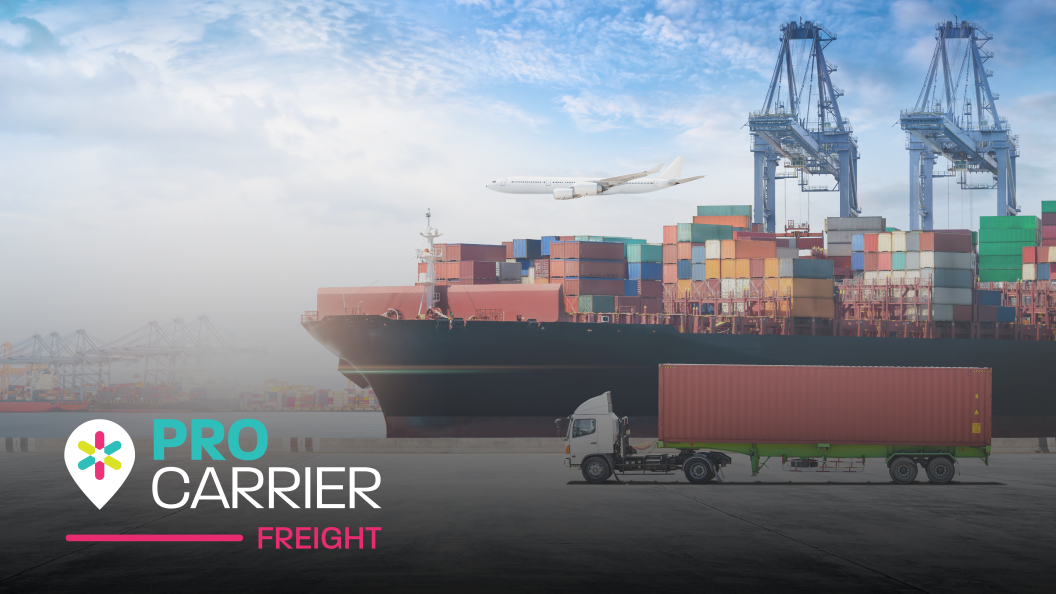Table of contents
Topic of the week:
After the tragic incident involving a Maersk box ship and the Baltimore bridge on Tuesday 26th March, could the effects leave importers reeling, especially those along the east coast? The implementation of new smart containers and the first deployment of an autonomous box ship are signs of the continuing innovation and development within the freight forwarding industry. Let’s dive in to this week’s update.
On Tuesday morning a container vessel crashed into a support pylon of the Francis Scott Key Bridge, causing it to collapse in what was described as a “mass-casualty incident”. Baltimore sees roughly 21,000 teu a week, which will now be re-routed to other ports as cargo facilities and container terminals are subsequently cut off. It is likely that cargo will be re-routed to surrounding ports in the region such as New York, Virginia and Savannah, however there is the potential for port congestion which could have an impact on freight rates. The largest hit will be felt by vehicle importers as Baltimore is the largest car port in the US. It is currently unknown as to what caused the incident to happen, so watch this space for any future updates.
Seven of Silk Road Shipping’s new smart containers were loaded on to the SITC Dalian on March 21st as it set off from Xiamen to Haiphong, Vietnam. These containers provided a new milestone for the company as it marked the first time that they have been deployed, using embedded microchips, Internet of Things and satellite-based radio navigation system technology to provide smart features to shippers. The tech included in these containers allows them to be tracked individually as well as providing full visibility as to whether goods out of the warehouse and have been through customs.
Another milestone was seen earlier this week as Pan Ocean announced that is has now assigned its China-Vietnam-Thailand service to the POS Singapore, South Korea’s first autonomous containership. It is scheduled to leave Incheon port on 6th April, replacing the current POS Ho Chi Minh. This marks the first time that both public and private sectors will be working together to test the autonomous, unmanned navigation technology. This next generation ship uses AI, Internet of Things and big data tech to provide digital-based monitoring. These new developments in container shipping technology are further signs that the industry is being propelled into the future with next-generation vessels, and fuelling options at the forefront of innovation.
Sea:
- Over the last two weeks China/East Asia to North America West Coast spot rates have decreased by 15.65% from $4,419/FEU to $3,727/FEU according to Freightos data.
- China/East Asia to North America East Coast spot rates have fallen over the last two weeks, decreasing by 13.49% to $5,283/FEU.
- Global container spot prices have fallen over the last two weeks, and are now sitting at $2,623 /FEU, a 14.5% decrease over the last two weeks, but a 119% increase from spot rates this time in 2023 according to the Freightos Baltic Index (FBX)

Air:
- Global Air Freight spot rates currently sit at $3.67, as rates continue to fluctuate according to the Freightos Air Freight Index (FAX)
- Europe to Northern America spot rates currently sit at $2.06 (100-3000kg), says FAX, decreasing by 0.9%
- Europe to Central Asia spot rates have increased by 4.2% currently sitting at $2.23 (100-3000kg), says FAX
- Europe to Asia, Greater China spot rates currently sit at $1.43 (100-3000kg), says FAX

That’s all for this week’s update…
Check out our other insights and articles for more in depth industry news and trending topics, or get in contact to discuss some of our best in class freight forwarding services!



